Ever see a kid whiz through a math problem using an abacus? The abacus has been around since before the ancient Romans, and even before the alphabet. The word “calculate” derives from “pebbles,” an allusion to the abacus’s beads. If you go on YouTube, you can watch confident kids perform arithmetic calculations by waving their fingers in the air, imaging they are using an abacus.
Like the abacus, Math Arrow games help kids develop number sense by calling on three key principles of math learning:
First, kids learn numbers in pairs and in combinations, rather than as isolated numerals. For example, when a kid sees the number 10 on the Math Arrow, he also sees that the number 90 is directly across from it. He realizes that there is something special about the number 100 and begins to absorb the Base 10 system.
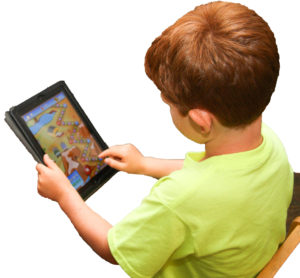 Second, kids use many senses while playing Math Arrow games. They see Kyle and Kira the Kangaroo hopping on numbers, they touch the screen to move them forward, and they hear the numbers spoken to them in English, Spanish, French or Russian. Using these senses embeds numbers in both their short-term and long-term memories.
Second, kids use many senses while playing Math Arrow games. They see Kyle and Kira the Kangaroo hopping on numbers, they touch the screen to move them forward, and they hear the numbers spoken to them in English, Spanish, French or Russian. Using these senses embeds numbers in both their short-term and long-term memories.
Third, kids self-test while playing Math Arrow games, an important principle noted by education scholar Richard E. Mayer at the University of California, Santa Barbara. Kids can check their work with visual, tactile, and auditory clues. They see their latest score, they earn boomerangs for success, and they hear celebratory cheers.
One of my favorites anecdotes comes from a kindergarten in Harlem. Two students were playing Kyle Counts together and were counting by 8s. When Kyle crossed the finish line, the boys cheered and hugged each other. The teacher came over, looked impressed, and said “8s! What are you going to do next?” The boys looked up confidently but admitted that they had made one mistake. The teacher replied, “You want to get it completely perfect?” The boys looked up, declared, “Yes!” and eagerly brought Kyle back to starting line.

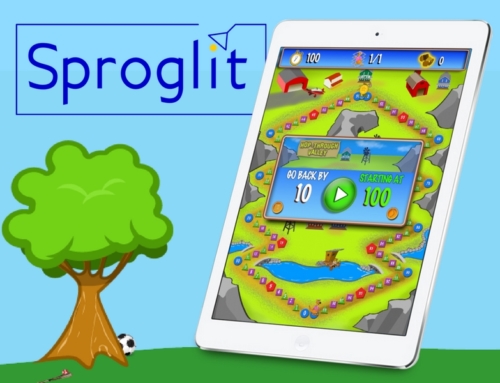
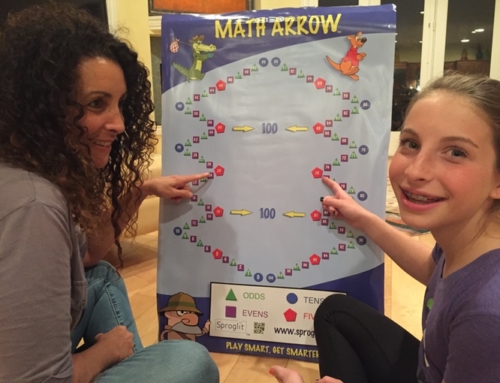
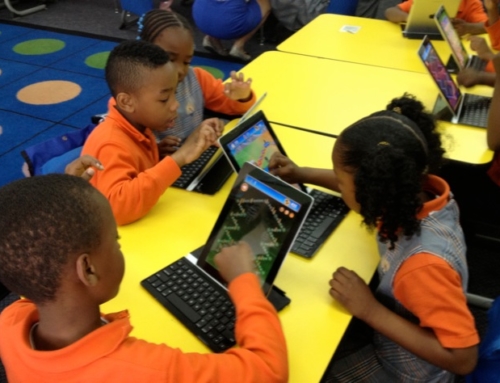

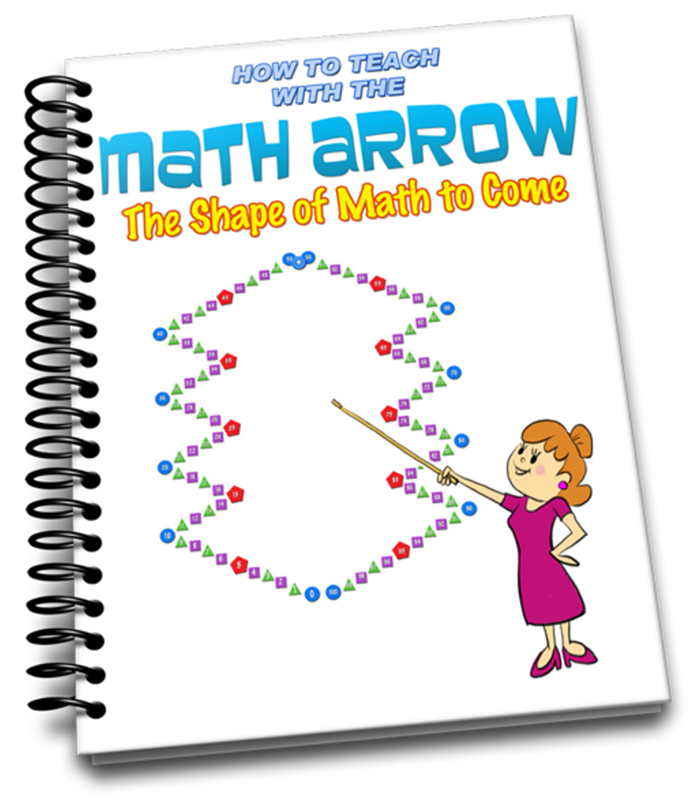
Leave A Comment